Market
Who is Takako Yamaguchi, the Under-Sung Painter Causing a Frenzy at Auction?
After decades of quiet work, her evocative paintings breaking auction records and surpassing high estimates mark a sensational turn in the artist’s career.
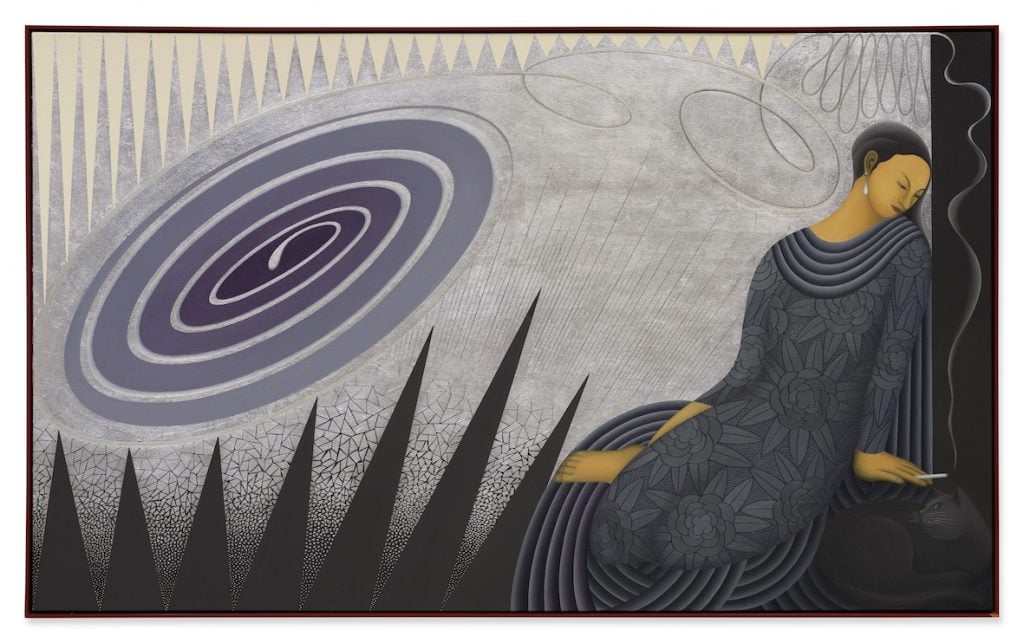
After decades of quiet work, her evocative paintings breaking auction records and surpassing high estimates mark a sensational turn in the artist’s career.

Devorah Lauter

The painter Takako Yamaguchi, 71, has been working steadily in Los Angeles for decades, with relatively little recognition. Now, her works are breaking records and shooting past high estimates at auction.
In the last year, Yamaguchi, born in Japan, has become a market sensation, with her paintings outperforming auction estimates at a rapid pace. In March, she made headlines when her 1994 painting, Catherine and Midnight, with its Art Deco-stylized, smoking Asian woman and cat, broke a record at Sotheby’s London, selling for $874,000 ($1.11 million with fees) on an estimate of $500,000 to $750,000. And in February, another painting from the same Smoking Woman series sold for $991,875 with fees, above a high estimate of $700,000.
In May, another work from 1994, Sally and Miu Miu sold at Christie’s evening sale in New York, beating its high estimate of $500,000. At Sotheby’s New Now sale, also in May, an untitled work from 1998 sold for $825,000, well above its $600,000 high estimate.
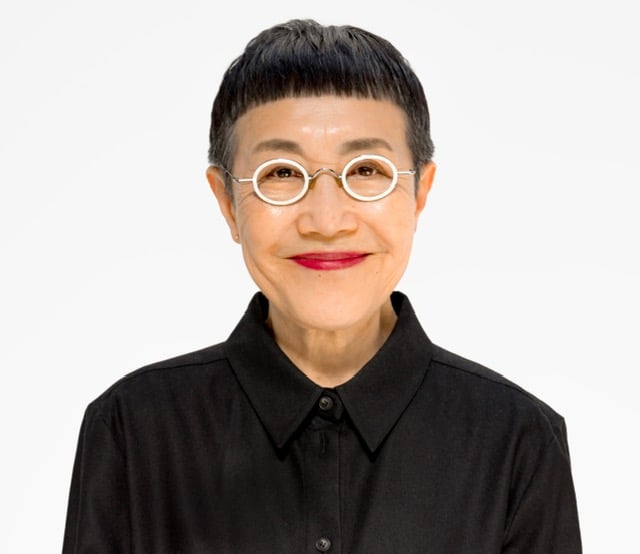
Takako Yamaguchi. Photo by Jack Pierson. Courtesy of as-is.la gallery.
It’s quite a jump from just 15 years ago, when her artworks, like the 2004 seascape The Fire Next Time, cost between $7,000 and $8,000, according to Tom Jimmerson, her husband, and director at one of her galleries, as-is.la. That 2004 piece sold for $260,000 at Sotheby’s Hong Kong in April, for a little more than her paintings shown earlier this year at as-is.la that feature a series of entrancing, hyper-realistic, nude female figures encased in fluorescent plexiglass. Meanwhile, her acclaimed seascapes such as Clasp, semi-abstract paintings shown at Ortuzar Projects in New York last year, sold “in the low six figures,” but prices have been slightly raised since.
So, who is Yamaguchi?
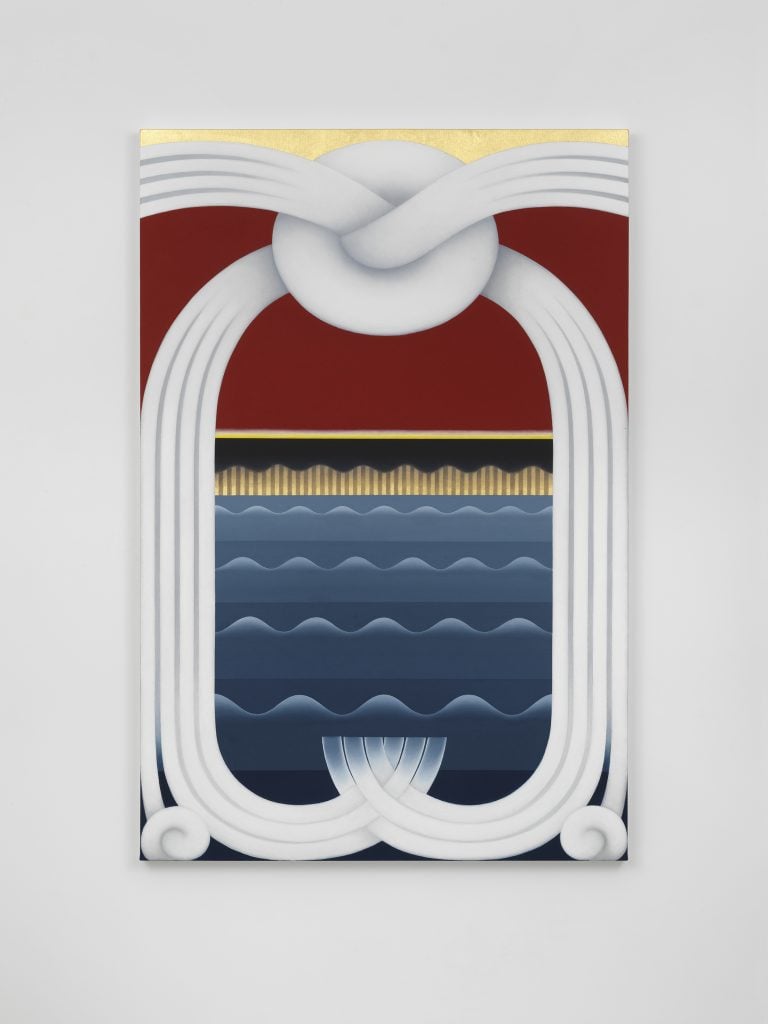
Takako Yamaguchi Clasp, (2022). Courtesy the artist and Ortuzar Projects, New York. Photo: Dario Lasagni.
Overdue Recognition
Art market machinations can be ruthless, taking creators on notoriously damaging rollercoasters of speculation. But with decades of deep-searching and solid practice firmly under her belt, Yamaguchi is better placed than most to ride—and hold—this swell of commercial interest into well-deserved, broader recognition for her rich oeuvre.
“We don’t think it’s unjustified,” Jimmerson said in an interview about the sales. “The only lament is that it isn’t yet—at least—attracting critical attention to go along with the market attention.”
But that may very well change soon. Yamaguchi’s seascape paintings in the current Whitney Biennial have touched a nerve with their surreal synthesis of abstraction, pattern, and décor from East and West. Her work, affiliated with the Pattern and Decoration movement of the 1970s, engages with American Transcendentalism, Mexican Socialist murals, Art Nouveau, and Photorealism, while never ceasing to evolve, challenging expectations while earning critical acclaim, locally, and outside her Los Angeles community, where she has lived since 1978.
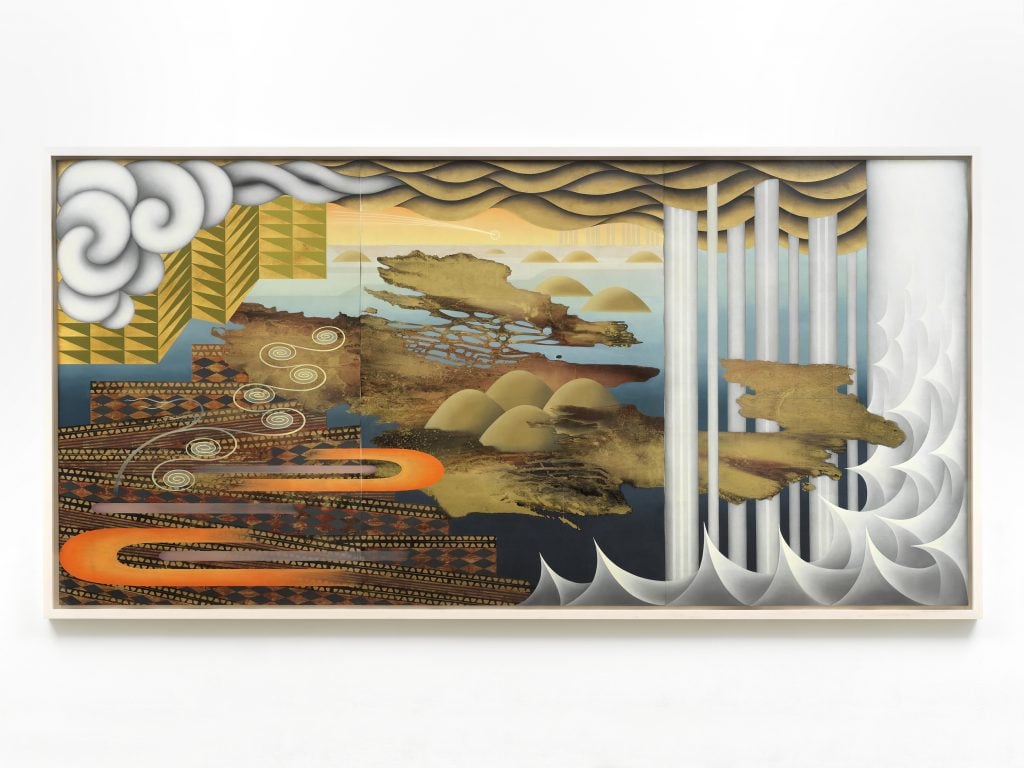
Takako Yamaguchi Found, Lost and Then Found Again, (2004). Courtesy the artist and Ortuzar Projects, New York. Collection of the Hammer Museum. Photo: Dario Lasagni.
Yamaguchi was included in the city’s traveling 2019 exhibition “With Pleasure: Pattern and Decoration in American Art 1972-1985” at the Museum of Contemporary Art (MOCA), which was followed by several overlapping, well-received New York and Los Angeles gallery exhibitions in 2021 at Egan and Rosen, Ramiken Crucible, and STARS, complemented with recent exhibits at Ortuzar Projects and as-is.la. While her work is in international institutions, such as the Musée d’Art Moderne de la Ville de Paris, more curators have now finally begun to take interest. She will participate in the MOCA exhibition, “Ordinary People: Photorealism and the Work of Art since 1968,” November 24, 2024, to May 4, 2025.
As for the market attention, it was never expected. Yamaguchi is “more shocked that it’s come at all, because her strategy has always been a tad perverse in trying to run counter to what felt like the prevailing ethos of the moment,” said Jimmerson, who explained that much of her decorative work was in response to Japanese and other forms of Minimalism of the 1960s and ‘70s.
Yamaguchi describes her rebellious impulse as an interest in “the trash-heap of discarded ideals,” which she forms into a “poetics of dissent,” according to a statement from her second gallery, Ortuzar Projects. By that, she means to subvert expectations with “abstractions in reverse,” which turns the clock back on art history, channeling Japanese heritage and other styles of Modernism.
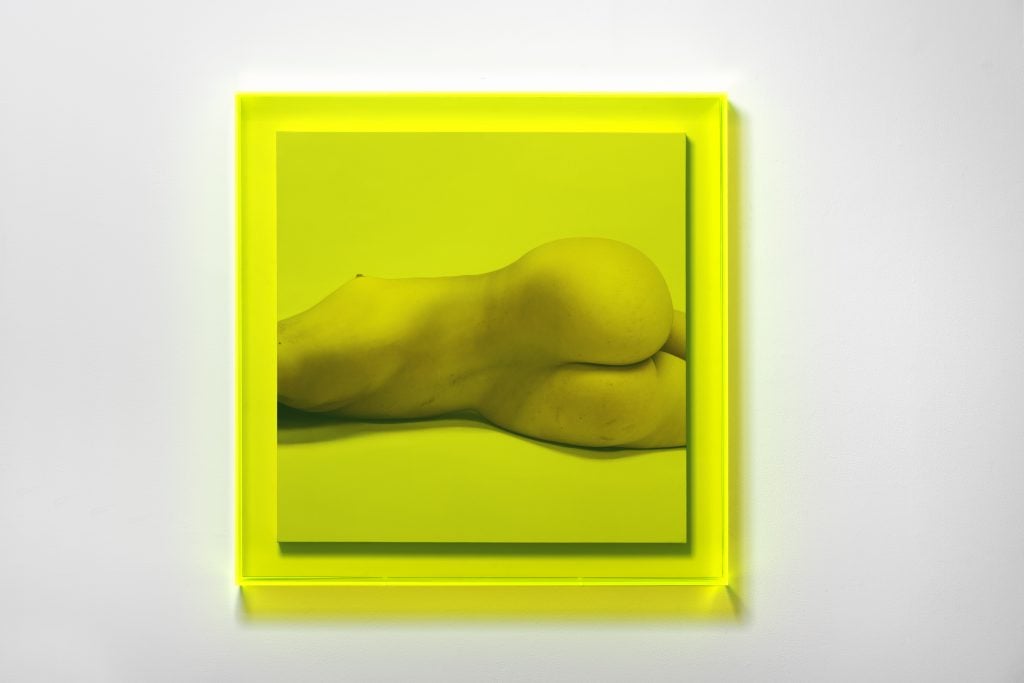
Takako Yamaguchi Untitled #8 (white and green). Courtesy of the artist and as-is.la gallery.
“I still think of myself as somewhat [an] outsider,” Yamaguchi said in a recent MOCA interview. That feeling “perhaps explains my strong affinity for things, and images, or ideas fallen out of boundaries of dominant discourse,” she added. It’s a response that helped push her towards embellished décor in the past, paintings on gold surfaces with Japanese, geometric design. “It was almost an incredible taboo then … something that’s so pretty or gold, or something excessive,” she said.
Her work has been compared to Agnes Pelton, or the landscapes of Chicago painter Roger Brown, though Yamaguchi often branches off into entirely new forms and styles that share a rigorous intensity.
In 2012, she began making a series of hyper-realist self-portraits, showing enlarged, close-cropped paintings of her body in trim, feminine outfits. We see the buttoned-up torso of her collared blouse, as though her body were neatly packaged in the protective fabric covering of prim convention, an ultimately flimsy last shield against life’s chaos. Paradoxically, in the delicacy of these precisely painted garments, we are struck with feminine strength. Other works made in 2020 belie expectations once again, with engrossing trompe l’oeil, white painted on white, minimalist geometric compositions.
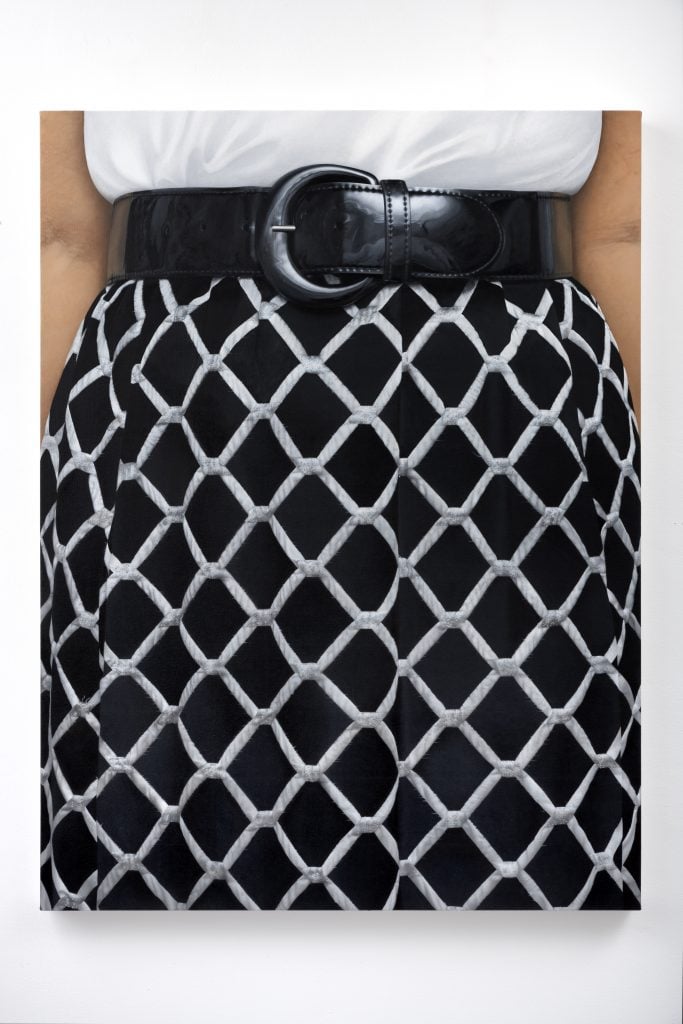
Takako Yamaguchi Untitled (Chain Link Pattern Skirt), (2021). Courtesy the artist and Ortuzar Projects, New York.
It comes as little surprise that Yamaguchi produces up to seven paintings a year, on average, according to Jimmerson, and yet the artist rarely offers what is anticipated, refusing complacency.
“There’s a paradox there. She’s infinitely patient, as she has to be in the production because they require so much focus,” he said. “On the other hand, she gets very restless … and will move from one to another, seemingly contradictory body of work in a ruthlessly unsentimental way.”